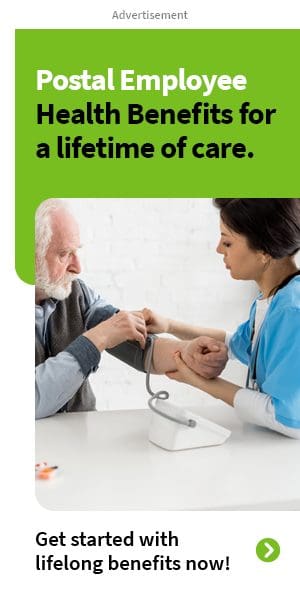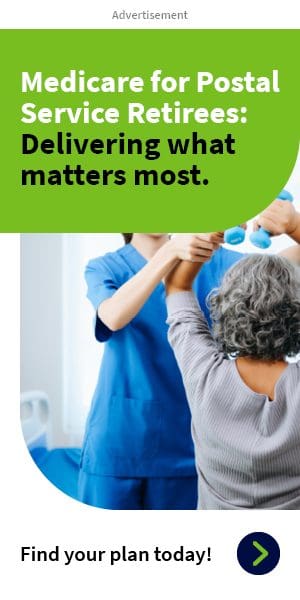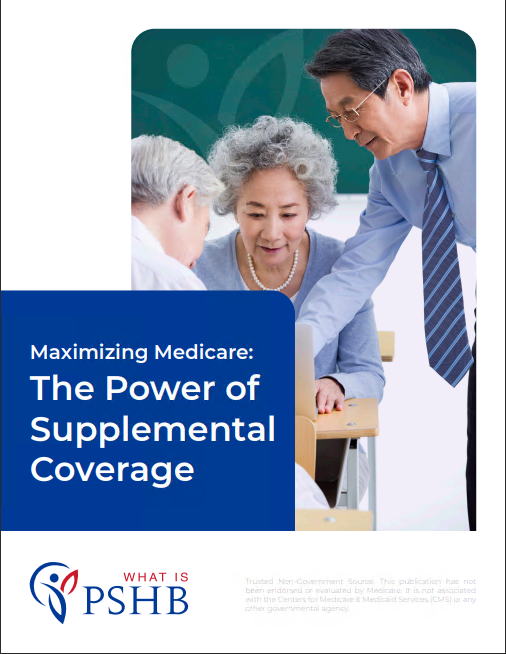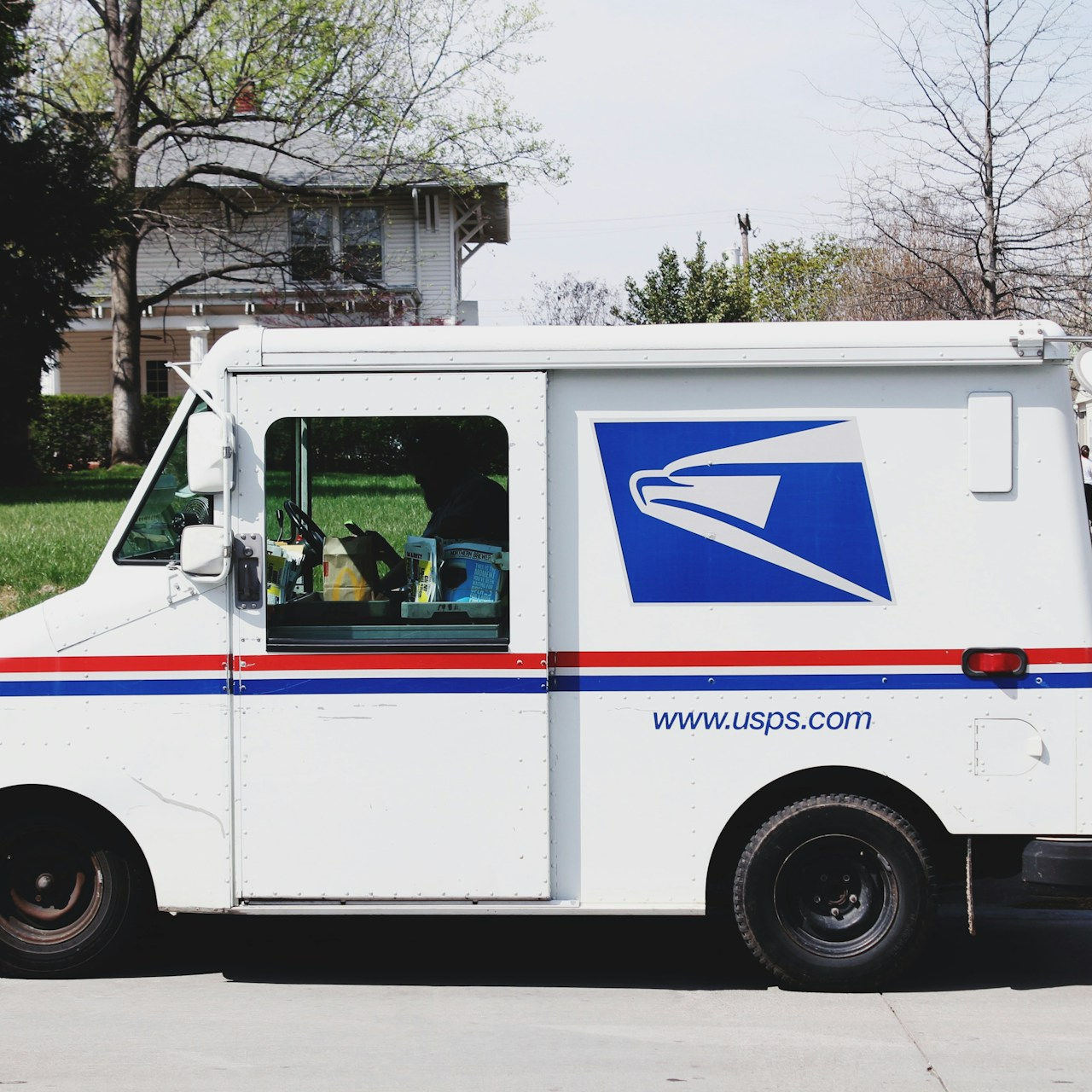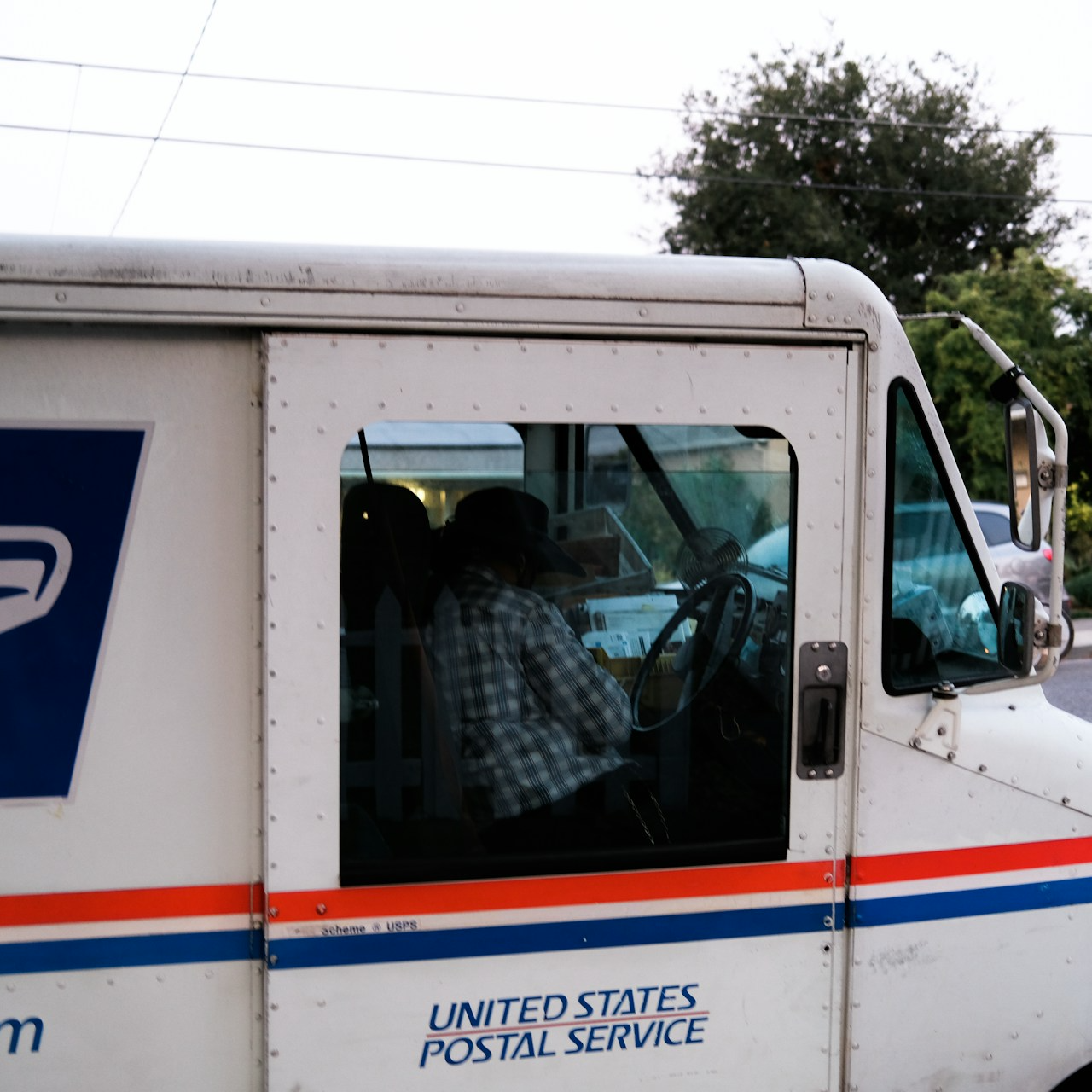Key Takeaways:
- The PSHB Open Season 2024 runs from November 11, 2024, through December 9, 2024, offering federal employees and retirees the chance to evaluate and change their health benefits for the upcoming year.
- Understanding your options and making an informed choice during Open Season can save you money and ensure you have the right coverage for your healthcare needs.
PSHB Open Season 2024 Is Right Around the Corner — Here’s What You Really Need to Know
As we approach the 2024 Postal Service Health Benefits (PSHB) Open Season, it’s time for federal employees, particularly those working for the U.S. Postal Service (USPS), to start preparing. Open Season is the annual window when postal workers and retirees can review their health benefits and make changes for the upcoming year. If you’re one of the millions affected by this period, understanding the key dates, benefits, and processes involved is essential. This article covers everything you need to know about the PSHB Open Season 2024 and how to navigate it effectively.
What Is PSHB Open Season and Why Is It Important?
The Postal Service Health Benefits (PSHB) program is specifically tailored for USPS employees and retirees. During Open Season, from November 11, 2024, to December 9, 2024, you can enroll in a new health plan, switch your existing plan, or modify your current coverage to better meet your health needs. Open Season ensures that you’re not locked into a health plan year after year, giving you the opportunity to reassess your options based on changing health needs, family dynamics, or financial situations.
Key Point: This period is the only time, outside of specific life events (like marriage or birth of a child), when you can change your health coverage. Failing to take action during this window means you’ll be automatically enrolled in your current plan for the next year, even if your health needs or preferences have changed.
How Does PSHB Compare to FEHB?
While the Federal Employees Health Benefits (FEHB) program is for federal workers as a whole, the PSHB specifically serves USPS employees. Both programs share similarities, but PSHB offers more tailored coverage options for postal employees. One of the main distinctions is how the costs and coverage levels are adjusted for the USPS workforce.
Comparison Table: PSHB vs. FEHB
| Feature | PSHB (Postal Service Health Benefits) | FEHB (Federal Employees Health Benefits) |
|---|---|---|
| Target Audience | USPS Employees and Retirees | All Federal Employees and Retirees |
| Enrollment Period | November 11 – December 9, 2024 | November 11 – December 9, 2024 |
| Health Plan Options | Tailored for USPS needs | Broader federal employee plans |
| Premiums | Varies, but often USPS subsidized | Varies based on plan and coverage |
Postal employees might find PSHB better suited to their specific healthcare needs, while FEHB provides a broader range of options for the general federal workforce.
What Are Your Options During PSHB Open Season 2024?
During the PSHB Open Season, you have three primary choices:
- Enroll in a New Plan: If you’re not currently enrolled in a PSHB plan, this is your chance to join one.
- Switch Plans: If your current plan isn’t meeting your health or financial needs, you can switch to a different one.
- Adjust Coverage Levels: You may find it useful to adjust your plan based on changing personal circumstances like new health concerns, marriage, or retirement.
Each option has its own advantages and disadvantages, and it’s crucial to evaluate each based on your personal needs. Many employees take this time to look at their healthcare expenditures from the previous year and determine whether a different plan could better meet their needs while potentially saving money.
Key Considerations Before Choosing a Plan
With numerous plans available, choosing the right one can be overwhelming. However, by evaluating a few key factors, you can simplify your decision:
- Monthly Premiums: How much are you willing to pay each month for coverage?
- Out-of-Pocket Costs: Look at copays, deductibles, and out-of-pocket maximums. These will affect how much you’ll spend when you use your coverage.
- Provider Networks: Does the plan cover your preferred doctors and hospitals?
- Prescription Drug Coverage: If you take regular medications, ensure the plan offers adequate prescription coverage at a reasonable cost.
- Specialty Services: Some plans may offer additional benefits like dental, vision, or mental health services, which can be essential depending on your needs.
By comparing these factors, you can select a plan that offers the best balance of cost and coverage.
What Happens If You Do Nothing During Open Season?
If you don’t make any changes during Open Season, you’ll automatically be re-enrolled in your current plan. This can be beneficial if you’re satisfied with your coverage and don’t expect significant changes to your healthcare needs. However, not reviewing your options could mean missing out on better benefits or lower premiums that might be available with another plan.
Special Enrollment Periods: Beyond Open Season
It’s important to note that life events—such as marriage, childbirth, or retirement—allow you to adjust your health benefits outside of the Open Season. These “qualifying life events” trigger a Special Enrollment Period (SEP) where you can make changes similar to those available during Open Season. However, without such an event, the only time to change your plan is during the annual Open Season.
Health Savings and Flexible Spending Accounts
For USPS employees, Open Season is also a good time to evaluate your contributions to a Health Savings Account (HSA) or Flexible Spending Account (FSA). These accounts allow you to set aside pre-tax dollars for healthcare expenses, which can reduce your overall taxable income.
- HSAs are available only to those enrolled in high-deductible health plans (HDHPs) and can be used to save for future medical expenses.
- FSAs allow you to set aside money for out-of-pocket medical expenses within a year but come with a “use-it-or-lose-it” policy, meaning you forfeit any unused funds at the end of the year.
Chart: HSAs vs. FSAs
| Feature | Health Savings Account (HSA) | Flexible Spending Account (FSA) |
|---|---|---|
| Eligibility | HDHP participants only | Any eligible employee |
| Contributions | Pre-tax, employer contributions | Pre-tax |
| Rollover | Funds roll over annually | “Use it or lose it” each year |
| Use of Funds | Medical expenses, future savings | Medical, dental, vision expenses |
Tips for Navigating PSHB Open Season Successfully
- Review Your Current Plan: Examine your current plan’s costs and benefits. Did you use it often, and was it worth the cost?
- Check for Plan Changes: Providers often adjust their coverage options and costs each year. What worked last year may not be the best choice this year.
- Look at Your Health Needs: Anticipate any upcoming medical expenses, such as surgeries or ongoing treatments. You want to ensure your plan can accommodate those needs.
- Get Advice: Licensed insurance agents can provide guidance tailored to your specific situation, helping you choose the best coverage for your needs.
Making the Most of Open Season
With so many options available, it’s essential to take your time during Open Season to evaluate your needs and compare plans carefully. The PSHB Open Season is an opportunity to make sure you have the right coverage at the right cost. Don’t let this window pass without taking action—it’s your chance to make informed decisions that will impact your healthcare for the next year.
Final Thoughts Before Open Season Closes
The 2024 PSHB Open Season is your annual opportunity to evaluate your healthcare needs and make the best choices for you and your family. By reviewing your options, considering your upcoming healthcare requirements, and taking advantage of tools like FSAs and HSAs, you can ensure that you’re fully prepared for the year ahead.
Remember, Open Season closes on December 9, 2024, and any changes you make will go into effect on January 1, 2025. Make sure to explore your options, review your current plan, and take advantage of this time to secure the health benefits that are best for you.

